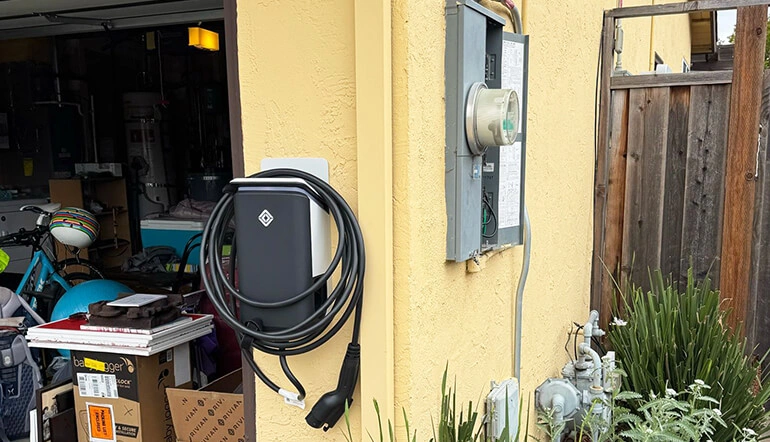The moment you drive your new electric vehicle home is thrilling—until you realize the included charger feels a bit like filling a swimming pool with a garden hose. For many new EV owners, this is the first, and most critical, electrical upgrade they’ll face. Choosing the right home charger isn’t just about convenience; it’s about integrating your car seamlessly into your life.
This guide will demystify the world of EV chargers, helping you navigate the options from simple plug-in solutions to powerful hardwired units. We’ll break down the costs, the installation process, and the key features that matter, so you can make an informed decision with confidence.
Before we dive into which charger is right for you, it’s essential to understand the three distinct levels of charging. Think of them as different “gears” for powering your vehicle.
The Story of our client Sarah, the Cautious Commuter: Sarah bought a plug-in hybrid and used her Level 1 charger for months. With a 20-mile daily round trip and a 40-mile electric range, it worked perfectly. But when she upgraded to a full electric vehicle with a 250-mile range, she quickly learned that recovering from a weekend trip could take two full days. Level 1 was no longer sufficient.
Since Level 2 is the ideal solution for most homeowners, let’s focus on the key decisions you’ll need to make.
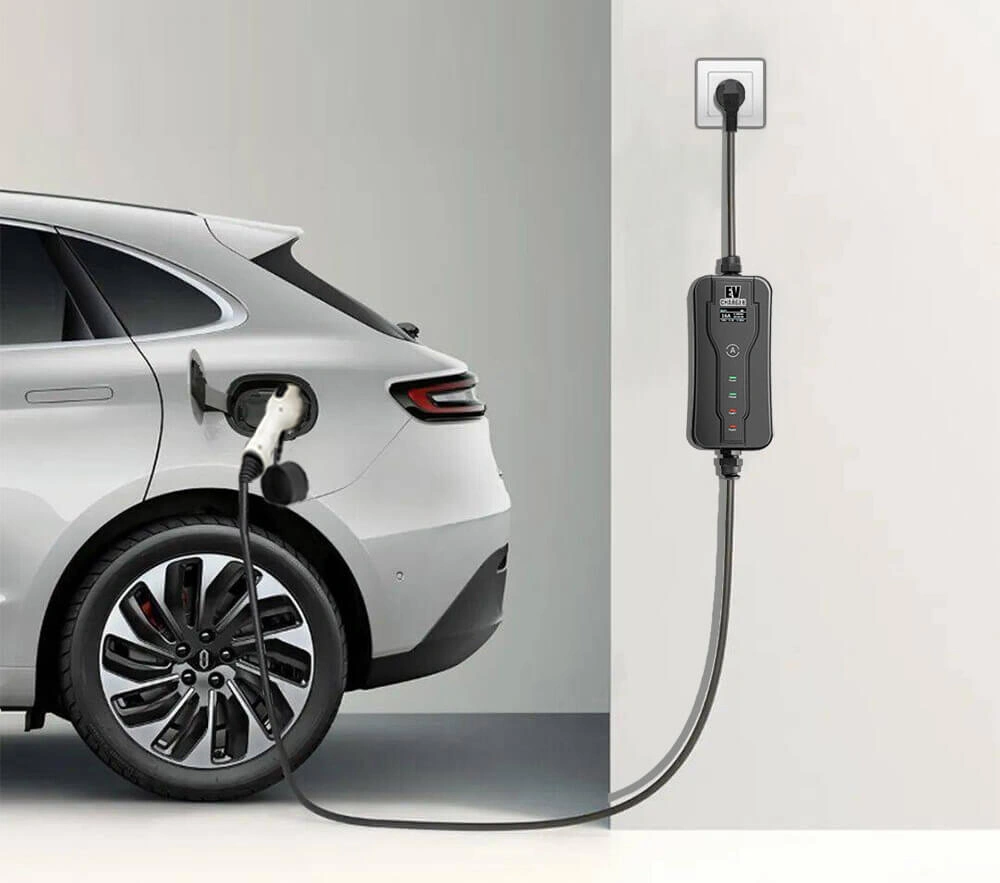
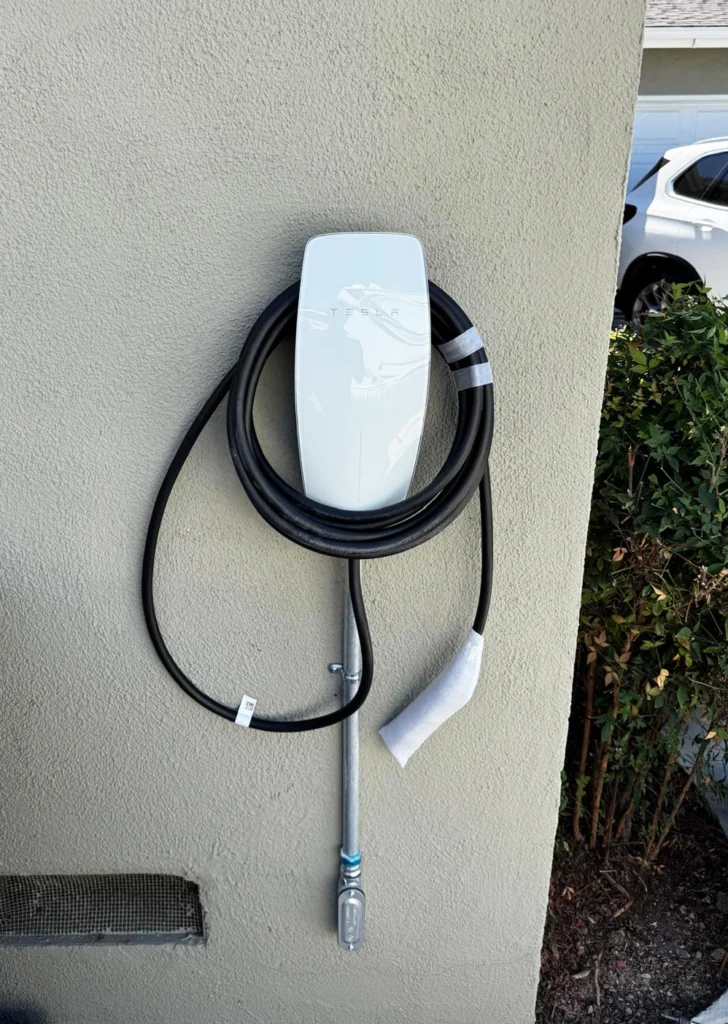
Our Recommendation: For a permanent home solution, a hardwired installation is generally the superior choice due to its enhanced safety and reliability.
The amperage of your charger and your vehicle’s onboard charger determine your charging speed. It’s a two-way street; your car can only accept as much power as its internal charger can handle.
Pro Tip: Check your car’s manual to see the maximum AC charge rate its onboard charger can accept. There’s no benefit to installing a 48-amp station if your car can only handle 32 amps. However, future-proofing for your next EV is a smart consideration.
Beyond the raw power of a Level 2 charger lies a critical choice: intelligence. This decision isn’t just about bells and whistles; it’s about how you want to interact with your vehicle’s energy consumption and integrate it into your household’s rhythm.
On one hand, you have the basic, or “dumb,” charger. This unit is a model of straightforward simplicity. It does one job exceptionally well: delivering power to your car the moment you plug it in. There are no apps to download, no networks to connect to, and no schedules to program. For many, this reliability is the ultimate feature. It’s a set-it-and-forget-it solution that appeals to those who value function over frills and want a no-fuss experience. You plug in, and it charges—it’s as simple as that.
On the other hand, the smart charger acts as an intelligent energy manager for your EV. By connecting to your home Wi-Fi, it opens up a world of control and optimization that can save you money and provide valuable peace of mind. One of the most powerful features is the ability to schedule charging sessions. Instead of charging immediately when you get home at 6 PM during peak electricity rates, you can program your charger to start automatically after 11 PM when utility rates drop. This simple automation can translate into significant savings on your monthly power bill without you ever having to think about it.
Furthermore, smart chargers bring a new level of awareness to your energy use. Through a companion smartphone app, you can monitor exactly how much electricity your car consumes each session, track costs over time, and even receive notifications when charging is complete or if it’s interrupted. For households with multiple drivers, some models allow you to set different access levels or track individual usage. Perhaps most importantly, a smart charger is a device that can improve over time. Manufacturers can push firmware updates—just like on your phone—to add new features, improve security, and enhance performance long after the initial installation.
This is the most critical part of the process. Installing a Level 2 charger is not a DIY project.
Choosing the right EV charger boils down to a simple question: How do you want to live with your electric vehicle?
If you value convenience, speed, and seamless integration into your daily routine, a hardwired Level 2 smart charger is the undeniable winner.
The investment you make today not only enhances your daily life but also future-proofs your home for the electric era.
At Smart Wires, we don’t just install chargers; we design charging solutions tailored to your home, your vehicle, and your lifestyle. From the initial assessment to the final connection, we ensure your transition to electric driving is smooth, safe, and empowering.
| M | T | W | T | F | S | S |
|---|---|---|---|---|---|---|
| 1 | 2 | |||||
| 3 | 4 | 5 | 6 | 7 | 8 | 9 |
| 10 | 11 | 12 | 13 | 14 | 15 | 16 |
| 17 | 18 | 19 | 20 | 21 | 22 | 23 |
| 24 | 25 | 26 | 27 | 28 | 29 | 30 |
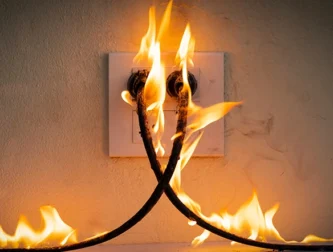
From brightening up your space to preventing threats like electrical f
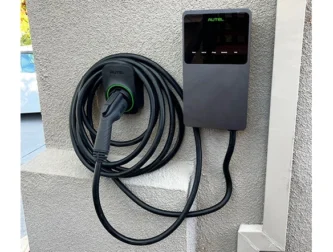
Thinking about installing an electric vehicle charger at home in San J

